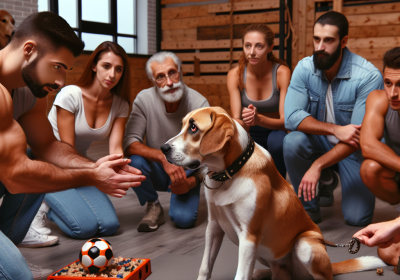Canine Freework and Mental Stimulation
Table of Contents
- Benefits Of Canine Freework For Mental Stimulation
- How To Incorporate Canine Freework Into Your Dog’s Routine
- Top Canine Freework Activities To Boost Mental Stimulation
Canine Freework and Mental Stimulation are essential components in the holistic approach to dog training and well-being. Canine Freework involves allowing dogs to engage in natural behaviors such as sniffing, exploring, and problem-solving in a controlled environment. This practice not only provides physical exercise but also enriches the dog’s sensory experiences, promoting mental and emotional health. Mental Stimulation, on the other hand, focuses on engaging a dog’s brain through activities like puzzle toys, training exercises, and interactive games. Both Canine Freework and Mental Stimulation are crucial for preventing boredom, reducing stress, and enhancing the overall quality of life for dogs. By incorporating these practices into a dog’s routine, owners can foster a more balanced, happy, and well-behaved pet.
Benefits Of Canine Freework For Mental Stimulation
Canine freework, an innovative approach to dog training and enrichment, offers numerous benefits for mental stimulation. This method, which emphasizes allowing dogs to explore and interact with their environment freely, can significantly enhance their cognitive abilities and overall well-being. By engaging in freework, dogs are provided with opportunities to use their senses, problem-solve, and make choices, all of which contribute to mental stimulation and enrichment.
One of the primary benefits of canine freework is that it encourages dogs to use their natural instincts and behaviors. In a controlled environment, dogs can explore various textures, scents, and objects, which can help to keep their minds active and engaged. This type of mental stimulation is crucial for preventing boredom and reducing the likelihood of behavioral issues that can arise from a lack of mental engagement. Furthermore, by allowing dogs to make choices and decisions during freework sessions, they can develop a sense of autonomy and confidence, which can positively impact their overall behavior and emotional well-being.
In addition to promoting natural behaviors, canine freework can also enhance problem-solving skills. When dogs are presented with new and unfamiliar objects or situations, they must use their cognitive abilities to navigate and understand their environment. This process of exploration and problem-solving can help to strengthen neural pathways in the brain, leading to improved cognitive function and mental agility. Moreover, the mental challenges presented during freework can be particularly beneficial for older dogs, as it can help to keep their minds sharp and delay the onset of age-related cognitive decline.
Another significant advantage of canine freework is that it can help to reduce stress and anxiety in dogs. By providing a safe and stimulating environment for exploration, dogs can engage in activities that promote relaxation and mental well-being. The opportunity to engage in freework can be especially beneficial for dogs that experience anxiety or fear in certain situations, as it allows them to build positive associations with their environment and develop coping mechanisms. Additionally, the physical activity involved in freework can help to release pent-up energy and reduce stress levels, further contributing to a dog’s overall mental health.
Canine freework also fosters a stronger bond between dogs and their owners. By participating in freework sessions together, owners can gain a better understanding of their dog’s preferences, behaviors, and needs. This increased awareness can lead to more effective communication and a deeper connection between the dog and owner. Furthermore, the positive experiences shared during freework can help to build trust and strengthen the relationship, which can have lasting benefits for both the dog and owner.
In conclusion, the benefits of canine freework for mental stimulation are multifaceted and far-reaching. By promoting natural behaviors, enhancing problem-solving skills, reducing stress and anxiety, and fostering a stronger bond between dogs and their owners, freework can significantly contribute to a dog’s overall mental and emotional well-being. As more dog owners and trainers recognize the value of this approach, it is likely that canine freework will continue to gain popularity as an effective method for enriching the lives of dogs and promoting their mental health.
How To Incorporate Canine Freework Into Your Dog’s Routine
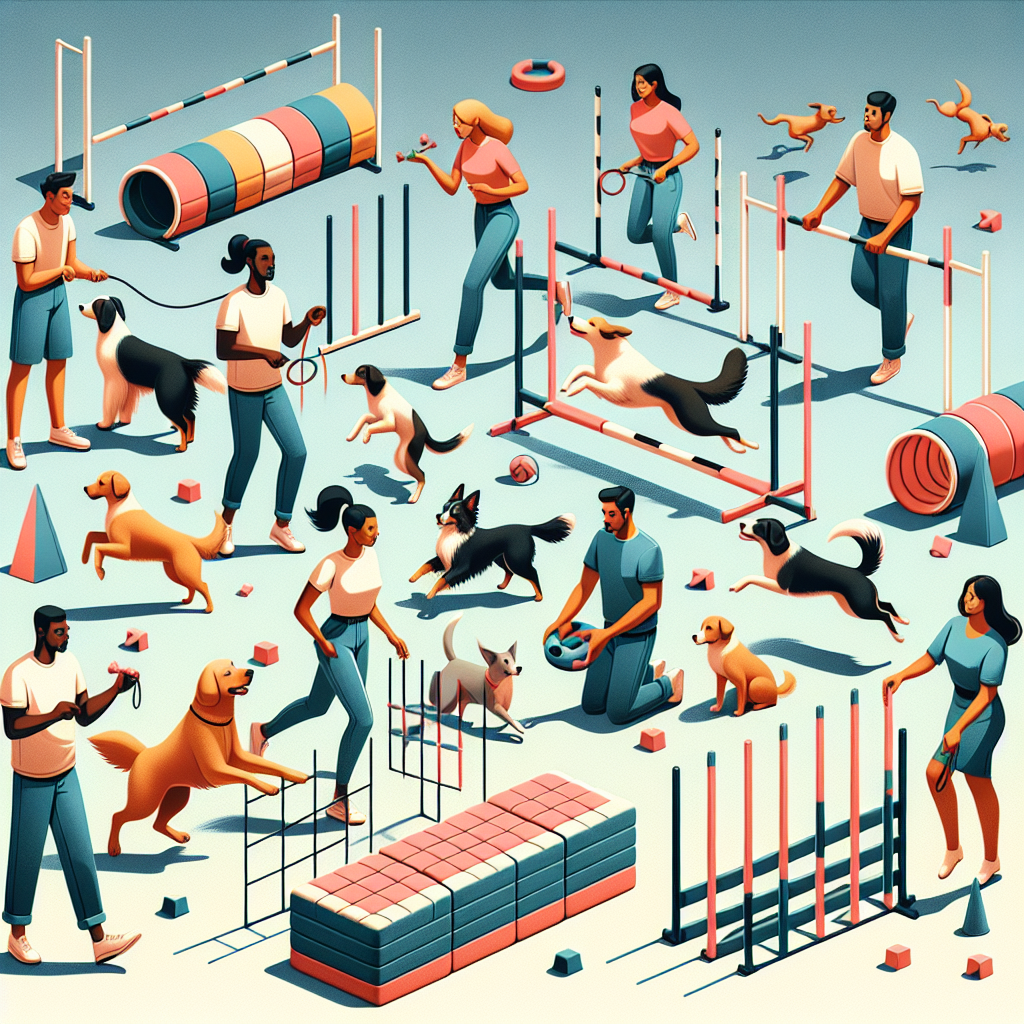
Incorporating canine freework into your dog’s routine can be a highly beneficial practice, offering both physical and mental stimulation. This method, which emphasizes allowing dogs to explore and engage with their environment freely, can significantly enhance their overall well-being. To begin with, it is essential to understand the concept of canine freework. Unlike structured training sessions, freework encourages dogs to use their senses and instincts to interact with various objects and settings. This approach not only fosters natural behaviors but also helps in reducing stress and anxiety.
To effectively integrate canine freework into your dog’s daily activities, start by selecting a safe and controlled environment. This could be a secure backyard, a quiet park, or even a designated area within your home. The key is to ensure that the space is free from potential hazards and distractions. Once you have identified an appropriate location, introduce a variety of objects and textures for your dog to explore. Items such as soft mats, cardboard boxes, and different types of toys can provide diverse sensory experiences. It is important to rotate these objects regularly to maintain your dog’s interest and curiosity.
Next, allow your dog to investigate the environment at their own pace. Avoid giving commands or directing their actions; instead, observe their behavior and interactions. This period of unstructured exploration is crucial for mental stimulation, as it enables dogs to make independent decisions and problem-solve. Additionally, it can be beneficial to incorporate elements that challenge your dog’s cognitive abilities. For instance, hiding treats within the environment can encourage your dog to use their sense of smell and problem-solving skills to locate the rewards.
As you continue to incorporate freework into your dog’s routine, it is important to monitor their responses and adjust the activities accordingly. Some dogs may initially be hesitant or unsure, especially if they are not accustomed to unstructured play. In such cases, gradually increasing the complexity and variety of the environment can help build their confidence. Conversely, if your dog appears overly excited or stressed, it may be necessary to simplify the setup or provide more frequent breaks.
In addition to the immediate benefits of mental and physical stimulation, regular freework sessions can also strengthen the bond between you and your dog. By observing and understanding your dog’s natural behaviors and preferences, you can gain valuable insights into their personality and needs. This deeper connection can enhance your overall relationship and improve communication during more structured training sessions.
Furthermore, incorporating freework into your dog’s routine can have long-term positive effects on their behavior and emotional health. Dogs that are regularly engaged in mentally stimulating activities are often more relaxed and less prone to destructive behaviors. This is particularly important for high-energy breeds or dogs with a history of anxiety or behavioral issues. By providing an outlet for their natural instincts and mental energy, freework can contribute to a more balanced and contented pet.
In conclusion, canine freework is a versatile and effective method for enriching your dog’s daily routine. By creating a safe and stimulating environment, allowing for unstructured exploration, and adjusting activities based on your dog’s responses, you can provide valuable mental and physical stimulation. This practice not only enhances your dog’s well-being but also fosters a stronger bond and better understanding between you and your pet. As with any new activity, patience and consistency are key to reaping the full benefits of canine freework.
Top Canine Freework Activities To Boost Mental Stimulation
Canine freework is an innovative approach to dog training and enrichment that emphasizes mental stimulation through a variety of activities. This method not only enhances a dog’s cognitive abilities but also provides an outlet for their natural instincts and behaviors. By engaging in freework, dogs can experience a more fulfilling and balanced life, which can lead to improved behavior and overall well-being. To achieve these benefits, it is essential to incorporate a range of activities that challenge a dog’s mind and encourage problem-solving skills.
One of the most effective freework activities is scent work. Dogs have an extraordinary sense of smell, and utilizing this ability can be highly stimulating for them. Scent work involves hiding treats or toys in various locations and encouraging the dog to find them using their nose. This activity not only sharpens their olfactory senses but also provides a sense of accomplishment once the hidden items are discovered. Additionally, scent work can be adapted to different environments, making it a versatile option for mental stimulation.
Another valuable activity is puzzle toys, which are designed to challenge a dog’s problem-solving abilities. These toys often require the dog to manipulate parts of the toy to access a hidden treat. The complexity of the puzzle can be adjusted based on the dog’s skill level, ensuring that they remain engaged and motivated. Puzzle toys are particularly beneficial for dogs that may not have access to outdoor activities, as they provide a stimulating indoor alternative.
Interactive play is also a crucial component of canine freework. Games such as tug-of-war, fetch, and hide-and-seek can be both physically and mentally stimulating for dogs. These activities require the dog to think and react quickly, which can enhance their cognitive functions. Moreover, interactive play strengthens the bond between the dog and their owner, fostering a deeper connection and mutual understanding.
Training sessions that incorporate new commands and tricks can also serve as excellent mental stimulation. Teaching a dog new behaviors requires them to focus and learn, which can be mentally taxing in a positive way. These sessions should be kept short and varied to maintain the dog’s interest and prevent frustration. Positive reinforcement, such as treats and praise, can further motivate the dog and reinforce the desired behaviors.
Environmental enrichment is another key aspect of canine freework. This involves creating a stimulating environment that encourages exploration and curiosity. Simple changes, such as introducing new textures, scents, and objects, can make a significant difference in a dog’s mental engagement. For example, placing different types of surfaces, such as grass, sand, and gravel, in the dog’s play area can provide new sensory experiences. Additionally, rotating toys and introducing new ones periodically can keep the environment fresh and exciting.
Lastly, socialization with other dogs and people can greatly contribute to a dog’s mental stimulation. Interacting with different individuals and animals exposes the dog to new experiences and challenges, which can enhance their social skills and adaptability. Supervised playdates and visits to dog-friendly parks can provide opportunities for socialization while ensuring the dog’s safety and well-being.
In conclusion, canine freework encompasses a variety of activities that can significantly boost a dog’s mental stimulation. By incorporating scent work, puzzle toys, interactive play, training sessions, environmental enrichment, and socialization, dog owners can provide a well-rounded and engaging experience for their pets. These activities not only enhance cognitive abilities but also contribute to a happier and more balanced life for dogs.
Read more about Canine Freework
Canine Freework and Mental Stimulation
– The Importance of Mental Stimulation for Dogs
– How Canine Freework Can Provide Mental Stimulation
– Creating Challenging Canine Freework Tasks for Dogs
– Combining Canine Freework with Mental Exercises
– Overcoming Mental Challenges in Canine Freework




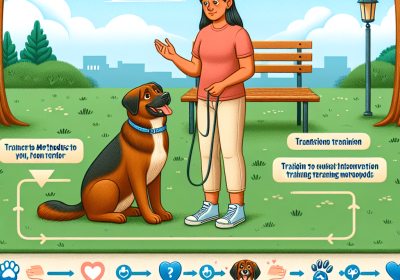
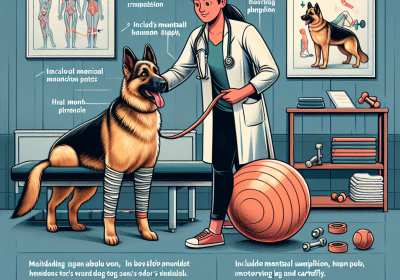
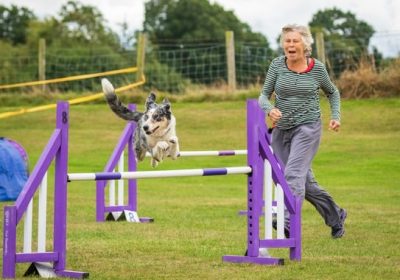
![The Dog Podcast Uncovers Startling Truths About What We Feed Our Dogs [Press Release]](https://wordcraftershub.com.au/wp-content/uploads/2024/08/dalmatian-dog-food-400x280.jpg)
